[if you’re new to the Journey, read this to see what we’re all about!]

by Gideon Marcus
Roger Corman, the Savant of Schlock is back with a most unusual motion picture. With incredible puissance, Corman stretches a dime such that he makes "A" quality out of "B" films (q.v. House of Usher, Little Shop of Horrors, Panic in Year Zero, etc.) But Corman takes a different tack with his latest flick, Battle Beyond the Sun. From what I've read, it was originally a Soviet film, which Corman then redubbed and edited for American consumption. The result is…interesting, and not an unrewarding experience.

The film begins with a somewhat non sequitur narrated sequence displaying a host of spacecraft models. These are of current and futuristic design. While a pretty sequence, it is better suited to one of the NASA documentary films you see on TV. The rather ponderous narration continues as the setting is introduced: in the near future, an atomic war devastates the planet and erases political boundaries. Once the Earth recovers, it is divided into two rival states: North Hemis and South Hemis. Interestingly, the former includes what was once the United States, the United Kingdom, and the Soviet Union. The latter comprises latin Europe, South America, Africa, and most of Asia.
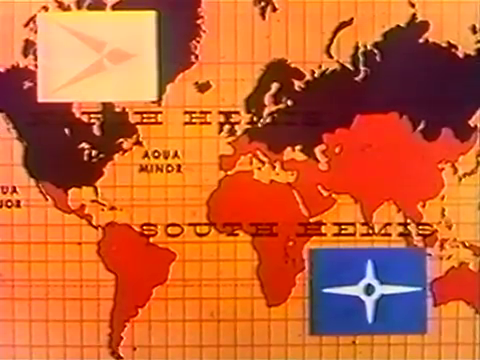
Now it is 1997, and both nations are on the verge of sending a manned mission to Mars. The South Hemis spaceship Mercury, docked at the orbiting station, Angkor, is undergoing final preparations when a distress call is received. It is a North Hemis spacecraft, the Typhoon, in need of repair. The Angkor personnel, apolitical in their devotion to science, open their airlocks to their distressed adversaries.
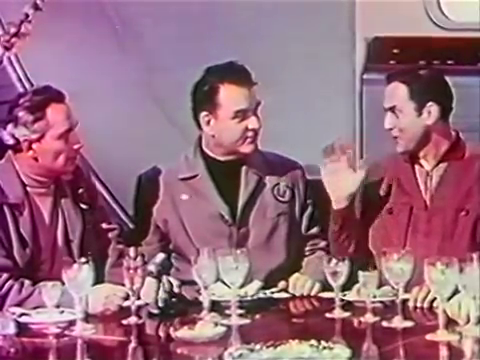
But when the North Hemisians learn of the Mercury's impending flight, they foolhardily depart with their half-fixed vessel in an attempt to reach the Red Planet first. They run afoul of the sun's magnetic field along the way, crippling the ship and leaving it in a helpless spiral toward extinction.
Of course, the self-sacrificing and noble South Hemisians cannot let the Typhoon's crew die, no matter their treachery. So begins an exciting adventure as the Mercury sails off to rescue the Typhoon, finds itself in need of saving, too, ultimate success resting in the hands of a third, prototype spaceship. Will they make it to Mars? Can they get back? You'll have to watch and find out.

The most striking aspects of this film stem from its Soviet provenance. I recently reviewed the volume, More Soviet Science Fiction, and I note Battle shares the same grand stateliness with the first story of that collection. Everything is larger than life. The Director of Spaceflight sits virtually alone in an enormous control room, her voice echoing in the chamber. Launchpads are giant, austere things. The final scene is a sweeping pageant of clamoring humanity.
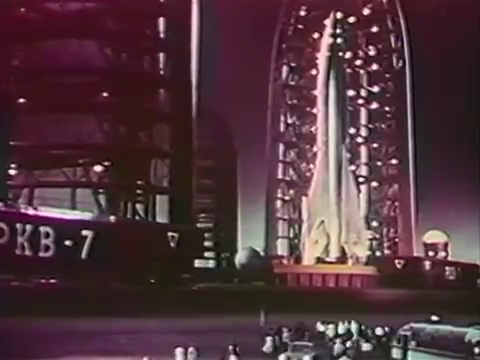
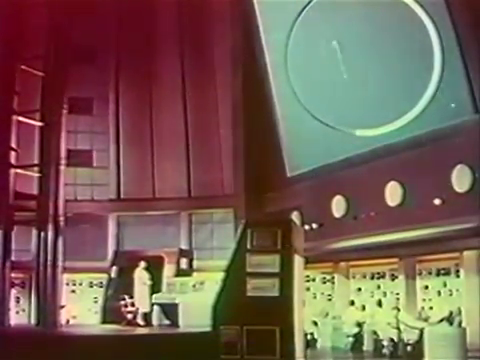
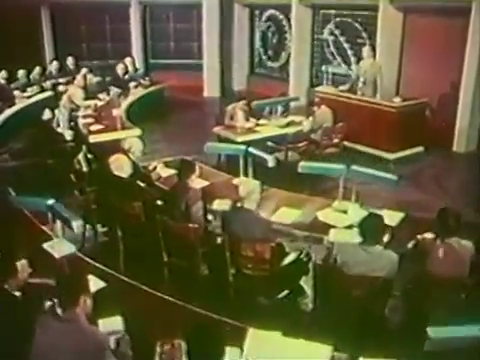
There is, of course, the lackluster dubbing (par for the course if you've watched Japanese imports), and I imagine we lose a bit of the original plot. But I was impressed with the lack of political bias. Battle is a tale of the community of science winning out over personal or national ambition. It was clearly a high budget film, with excellent use of matting, fine modelwork, and stunning costumes.
Technologically, it's a big of a mixed bag. I liked the fact that ships had to turn over to decelerate, and I was impressed with the way the astronauts' couches reclined to always be perpendicular to the direction of thrust. The filmmakers were obviously impressed with this effect, too — it gets shown a lot
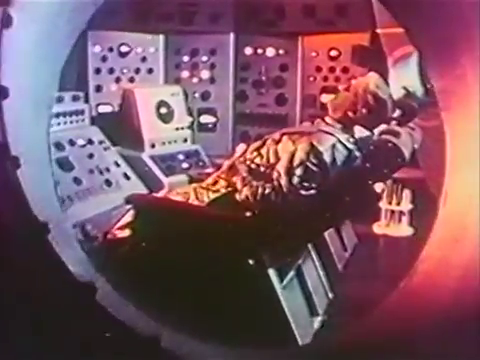
In the demerits department, we have the fact that ships sail across the solar system in what appears to be a matter of hours. With engines that powerful, one wonders how it's taken so long to get a person to Mars. Also, the superfluous mid-movie fight between purple space monsters, advertised heavily in the trailers, is both nonsensical and was clearly created in post-production as a way to jazz up the film.

But the movie doesn't need it. I fully expected Battle to be a ponderous mess, but it actually moves along quite nicely. It was certainly much better than the Italian flick, Assignment: Outer Space.
Three stars, and a keen desire to someday see the original.
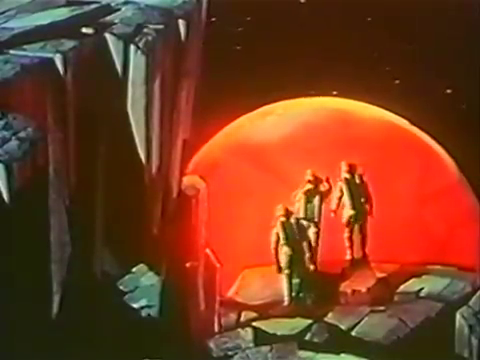
—

by Lorelei Marcus
Strap in and recline your seats, because we're going on a space adventure! This week me and my father watched, “Battle Beyond the Sun,” a Soviet science fiction film brought to the U.S. I didn't have very high hopes going into this movie, but my dad promised purple space monsters, so, reluctantly, I agreed.
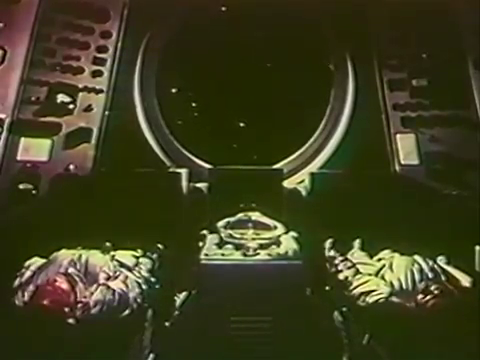
Surprisingly, the movie wasn't bad! It was actually quite interesting to compare a Soviet film to the (mostly) American films we've watched so far. The cinematography was different, but still quite good, and the space suits looked cool and realistic. The voice actors who did the overdub for the movie were sub-par to say the least, but it didn't take away from the movie too much. I noticed throughout the movie that all the actors had a certain 'closeness:' they were all simply closer together: Their faces were closer when talking, they had hands on each others' shoulders, etc. That's certainly different from the wide personal bubble we Americans prefer.

The story, on the other hand, wasn't too far off from what I would expect in a science fiction film. The movie was about the two halves of the globe, North Hemis and South Hemis, and their race to Mars. The South Hemis ship gets stranded on an asteroid orbiting mars, after rescuing the North Hemis ship. Then there's the odd and unnecessary scene of the purple space monsters fighting each other, which apparently wasn't added in until it made it to the U.S. It was really unnecessary, but I suppose it did get me to the watch the movie!
For most of the movie me and my dad thought that the U.S. And Soviet Union were in different nations. It wasn't until after the movie that we realized it was actually the opposite: Soviet Union and America in the North, and basically everyone else in the South. It struck me that they had purposefully done this to avoid labeling political sides, which was not something I would expect the Soviet Union would do!
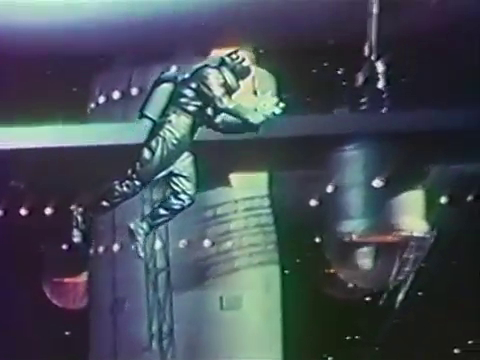
Overall this was a pretty good movie. The effects were cool and the story was passable. The foreign influence also added a unique feel to the movie. I give this movie 3/5 stars and 1/5 purple space monsters (this movie either needed more or fewer purple space monsters.) I still recommend you watch this movie yourself, as it is an interesting contrast to the other science fiction movies I've seen so far.
Until next time…this is the Young Traveler, signing off.



Word is Corman hired a young film student Francis Ford Coppola to 'Americanize' this movie.
Hmm… think this Coppola guy will amount to anything?
I've never heard of him. I suppose everyone has to cut their teeth somewhere.
Thank you both for your two good reviews of this interesting movie. That's a nice touch about the Russian personal space.
The purple space monsters could stand for Murphy's Law.
Whatever can go purple, will go purple?
Russian men will kiss each other on the lips when they greet. You'd get arrested for doing that in the UK.
One cannot ignore the rather Freudian nature of the purple space monsters. Fitting, perhaps, as this Coppola fellow has to his credit (so to speak) only one film; a "nudie cutie" at your local Adults Only theater.
The scene with the cosmonauts standing on one of the moons of Mars is pure Bonestell. Gorgeous.
I'm interested in the choice to divide the world into north and south. As the Young Traveler notes, it's probably an effort to make things less political (itself an unusual choice on the part of the Russians), but it's not without a certain political and economic plausibility. A few science fiction writers have had the southern hemisphere take humanity to the stars (H. Beam Piper, for instance), but always as a result of the northern hemisphere being devastated in an atomic war. This is the first time I think I've seen this division with an intact north.
I suspect that the original Soviet film had the Eastern heroes helping out the Western folks, and that the North/South thing was added in the new version.